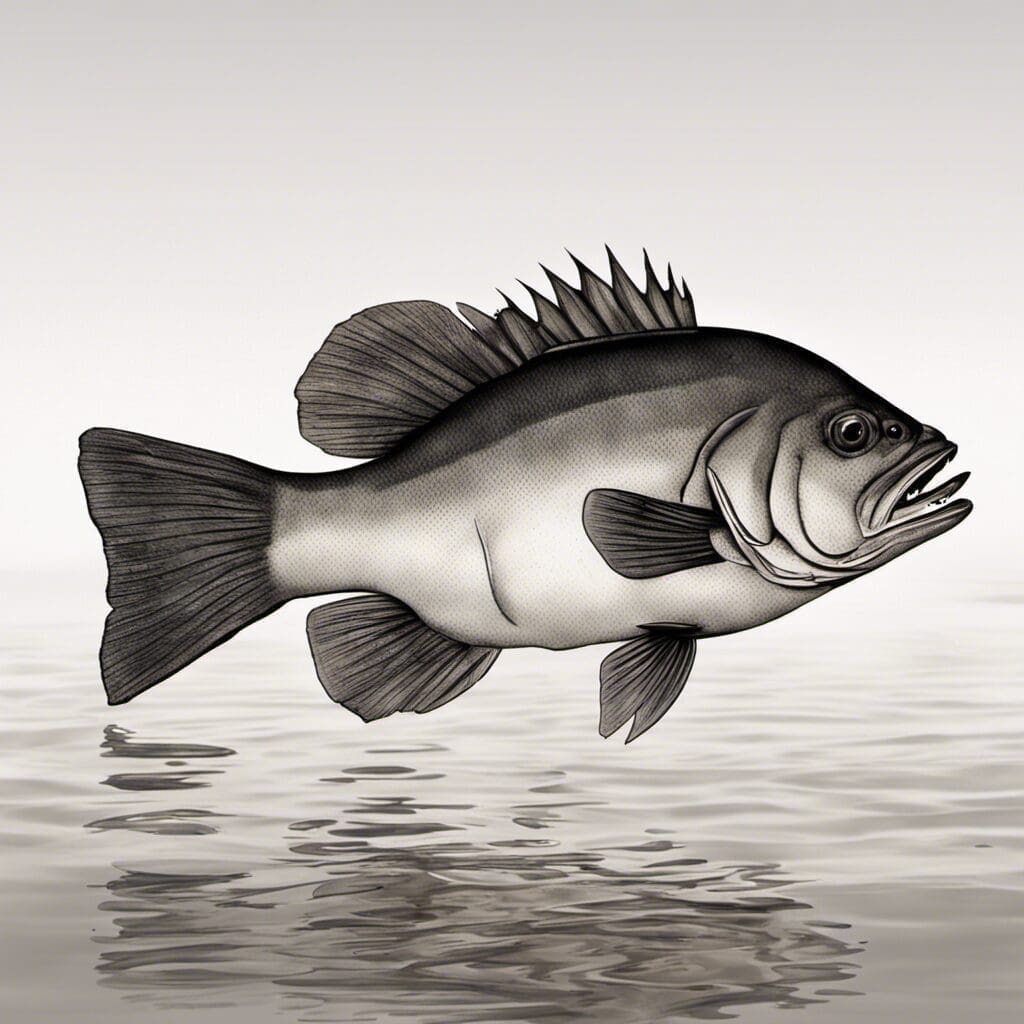Introduction
The Tautog (Tautoga onitis), also known as Blackfish, belongs to the family Labridae. It is a popular sport fish known for its fighting prowess and flavor.
Conservation Status
The Tautog is currently categorized as ‘Least Concern’ by the International Union for Conservation of Nature (IUCN). Overfishing had previously posed a threat, but comprehensive management plans have been successful in stabilizing their numbers.
Statistics
| Statistic | Average | Range |
|---|---|---|
| Length | 20 inches | 8-36 inches |
| Weight | 3 lbs | 1-25 lbs |
| Average Lifespan | 35 years | – |
Distribution
Tautog are found in the Western Atlantic, from Nova Scotia to South Carolina. They don’t extensively migrate, however, during winter they seek deeper waters offshore.
Habitats
These fish dwell in coastal and estuarine waters, often in rocky or reef environments. They tolerate a wide range of temperatures, from 35°F to 75°F, and depths from the shallow inshore territory to 120 feet deep.
When and Where to See
Tautog are most active in spring and fall. The best time of day to see them is usually in the morning or late afternoon.
Best Fishing Locations
Top Fishing Sites
- Massachusetts Bay, Massachusetts
- Block Island, Rhode Island
- Long Island Sound, New York
- Chesapeake Bay, Maryland
- Delaware Bay, Delaware
- Sandy Hook, New Jersey
- Peanut Island, Florida
Fishing Tips
Tautog like structure, so look out for rocky bottoms or areas with plenty of cover.
How to Catch
Tautog respond well to bait such as crabs and mollusks, and they can be caught using bottom fishing techniques. Fall is the best season for fishing Tautog, especially in October and November.
Identification Guide
Tautog have a stocky, robust body and are usually dark green to black in color. They are distinguished from similar species by a white chin and a large, conical head.
Culinary Aspects
How to Cook
Tautog have a firm, white flesh that’s excellent for baking, broiling, or frying.
Nutritional Information
One serving of Tautog provides a high level of protein, vitamin D, and omega-3 fatty acids with low levels of fat.
Additional Information
Tautog exhibit unique behavior, like their preference for returning to the same burrow or crevice each night. They also have specialized teeth for crushing shelled prey.
Major threats to Tautog include habitat degradation and overfishing, but they have no major natural predators.
They don’t hold any particular cultural or historical significance but are renowned among anglers for their tenacity and delicious taste.

